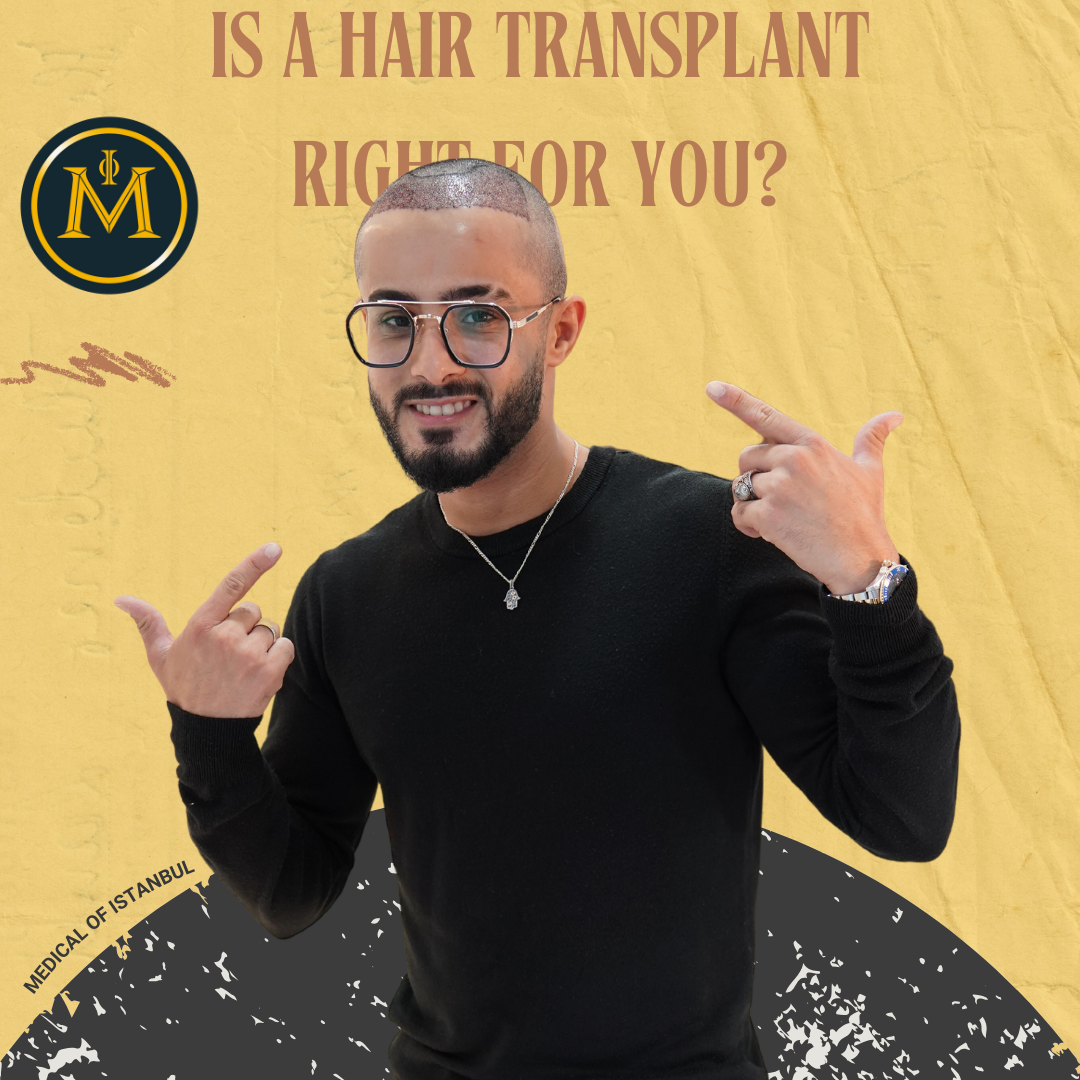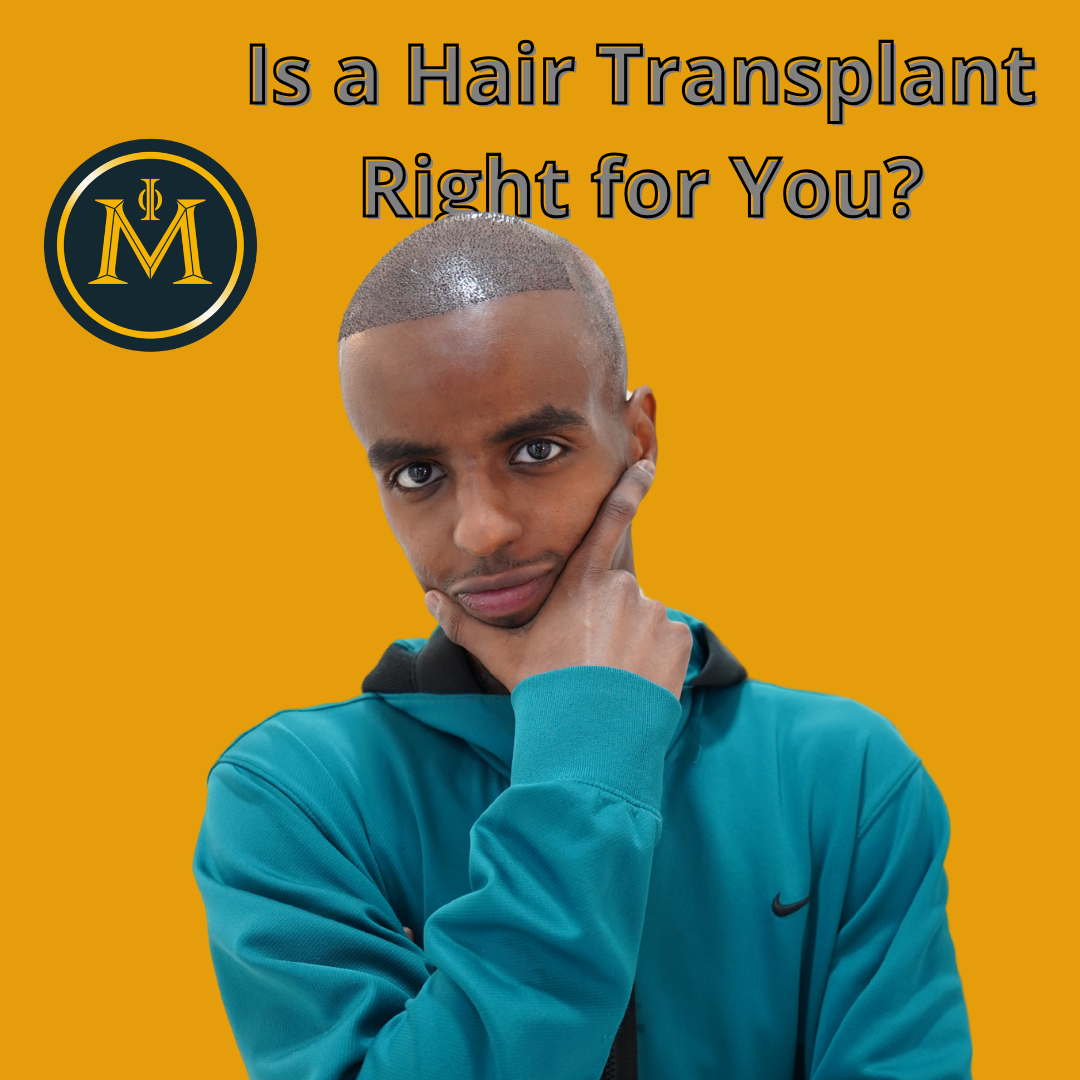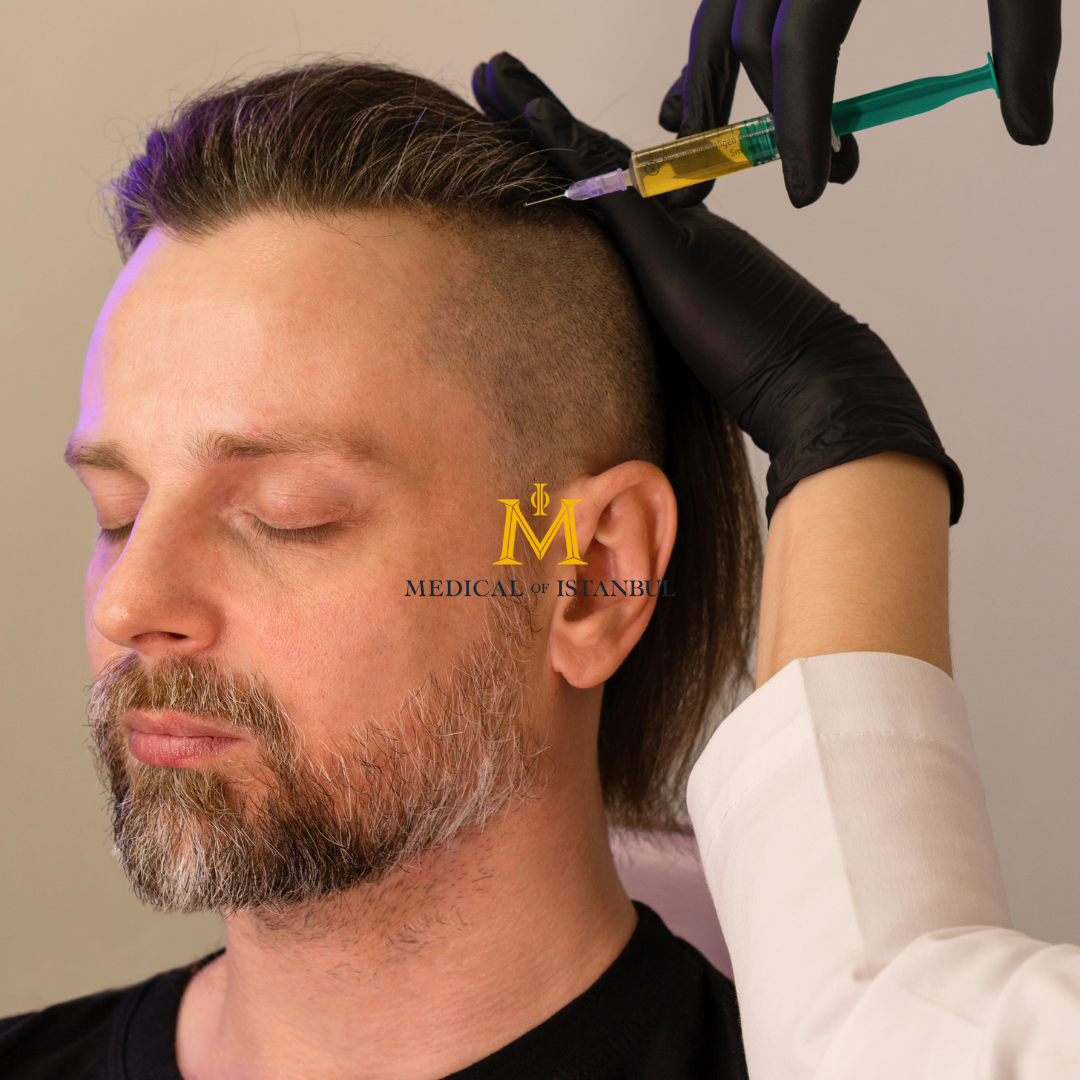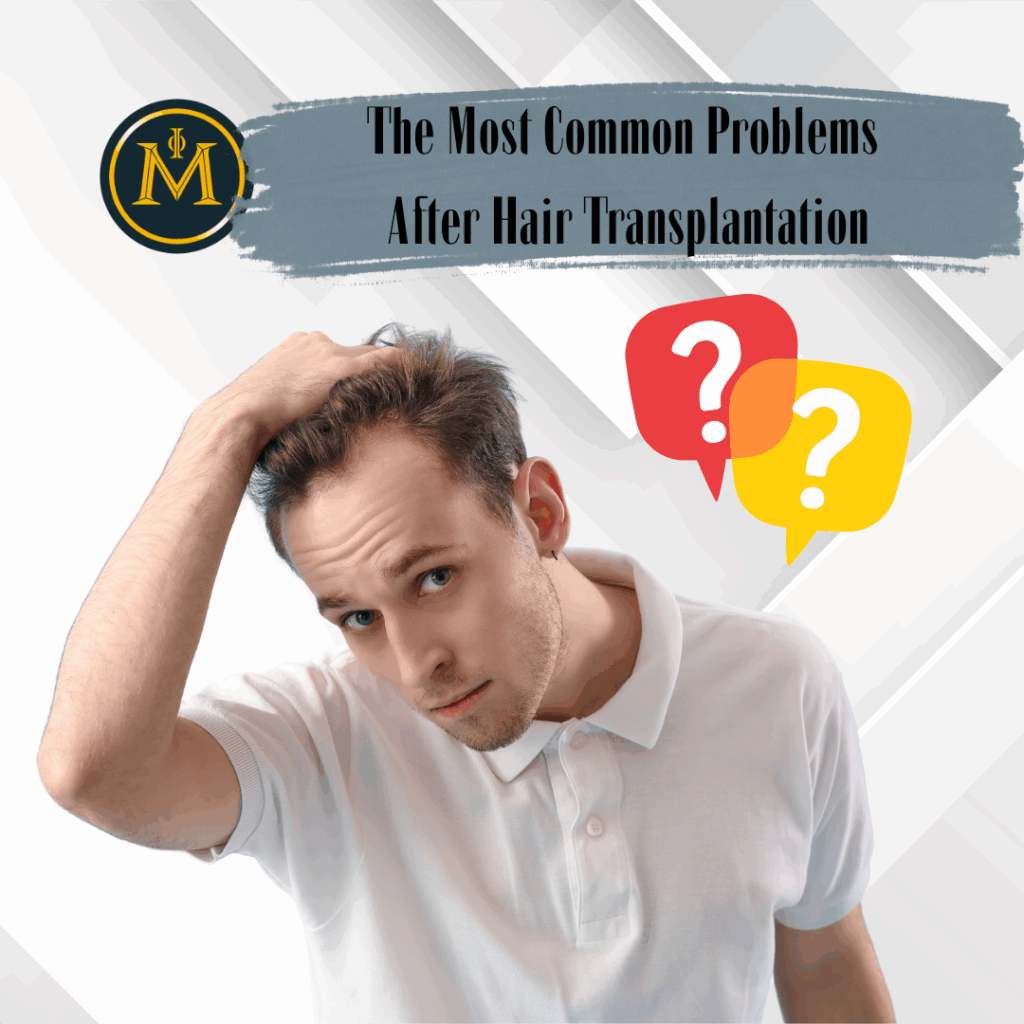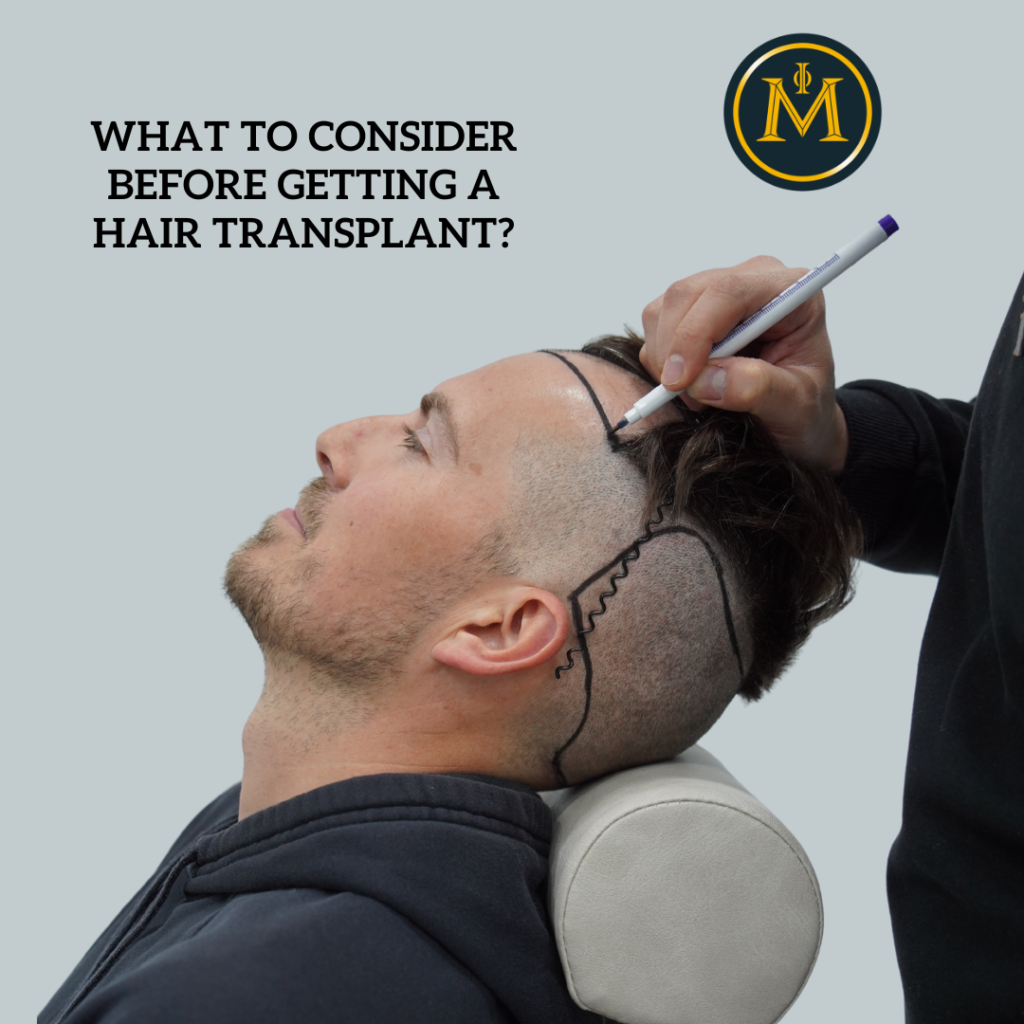Medical of Istanbul
Is a Hair Transplant Right for You? A Look at Suitability, Results, and Alternatives
Hair transplants are increasingly popular as a solution for hair loss, but they aren’t suitable for everyone. While the procedure offers promising results for many, it’s crucial to consider factors such as hair type, extent of hair loss, and long-term goals before committing to surgery. This guide will help you explore if a hair transplant aligns with your needs by breaking down who makes an ideal candidate, what realistic results look like, and what other options are available if surgery isn’t the right choice for you.
